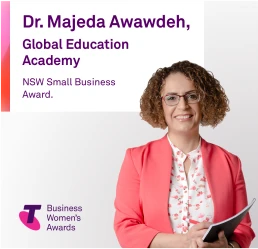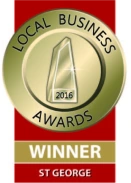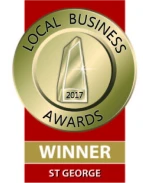
Although it is always good to hear directly from your child how they are coping with school, their response alone does not paint a full picture.
Cue report cards.
They give an essential insight into your child’s experience at school from a professional and subjective perspective and, if constructed properly, provide information on how to maintain and/or improve their results.
Deciphering report cards can be a bit tricky due to time constraints and technology, forcing teachers to produce repetitive and impersonal comments.
However, by understanding how report cards are structured you will be better able to understand the messages within and give your child the help they specifically require.
More specifically, what is a modern school report?
A recent concern amongst parents/caregivers are increasingly impersonal report cards that seem automated, standardised and are often difficult to interpret.
As outlined in this 2018 article many, including teachers, believe that school reports are becoming too technical, rendering them irrelevant. The article suggests this is due to increasing pressures teachers are facing to avoid emotional language, provide only constructive criticism and comply with policies.
Basically, teachers have no choice but to dress up their feedback to avoid offending the child and protect the school.
Despite these technicalities, it is possible to find the information you are looking for. Below, we have broken down the key components of NSW report cards so you can read between the lines.
The A to E grading scale, AKA the Common Grade Scale, is one tool used by NSW teachers to report on K-11 students’ accomplishment within a subject. The letters translate to:
In this system, a C indicates an expected level of performance for that year group, an A signifies an exceptional performance, and E implies a below-average understanding.
Alternatively, students eligible for a Higher School Certificate award are provided overall assessment marks for each subject.
Here, each subject is broken down into specific skills sets (e.g. Reading for English, Numbers for Maths). It uses the same terminology to describe achievement (outstanding achievement, high achievement, etc.) within each skill set.
This section acts to explain the overall grade above by outlining areas of concern, however, it does not offer any strategies to further improve performance.
This final section of the report is the most personal. It is where the teacher justifies their grading decisions and summarises your child’s behaviour and potential.
However, this section is often the most affected by time restrictions and technology; with many reports to write, and the ease of copying and pasting, you’ll often find repetitive phrases and maybe even a name other than your child’s!

Given the focus of Gonski 2.0 to track learning growth and progress, it is possible this current report format may be overhauled.
However, in the meantime, these reports are still an essential initial insight into your child’s academic progression. They are a good way to be informed on how our children are performing academically but it seems there is a limitation into how meaningful they are. Confidence is low and many parents just simply don’t understand their child’s report card. This article summarises quite well the confusion and lack of faith in this yearly documented ritual.
As parents, you cannot change this system. But there are other ways to find out how your child is performing.
At Global Education Academy, we aim to consistently provide value to our students and parents. Before we even start to work with you, we need to know more about students than what a school report tells us, and we do not have the luxury of time that most teachers have had in the classroom.
For this reason, our diagnostic assessments are conducted for new students in literacy and numeracy. We go beyond how each child is performing at their expected age and delve further into strengths and weaknesses as well as patterns in logical thinking and reading/writing fluency. After pinpointing what these are, our assessments show us exactly in which areas these need further development. We don’t simply tell you what is missing but show you where the work needs to be focused and how we will be doing that. An in-depth discussion where we show you what our assessment results mean and how it translates into what the next steps should be.
A recommended course of action is provided and this is completely catered to each student. Unless it makes sense to do so, they are not simply placed into a class with other students of a similar level as we recognise no two students are the same.
To book a free consultation with us or to take our diagnostic assessment, simply get in contact with us. 1300 001 432.







